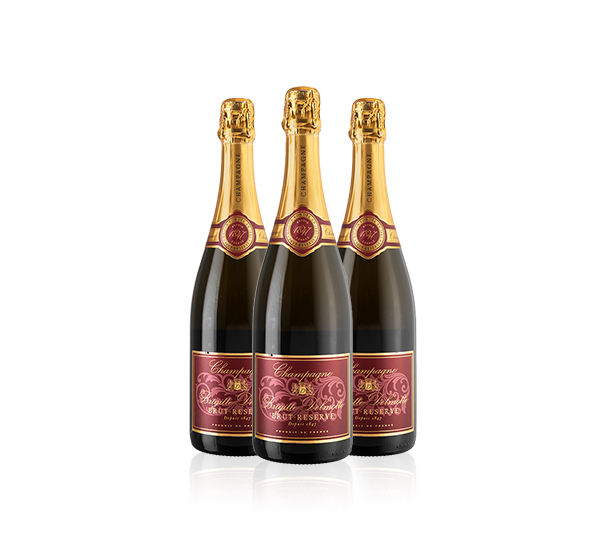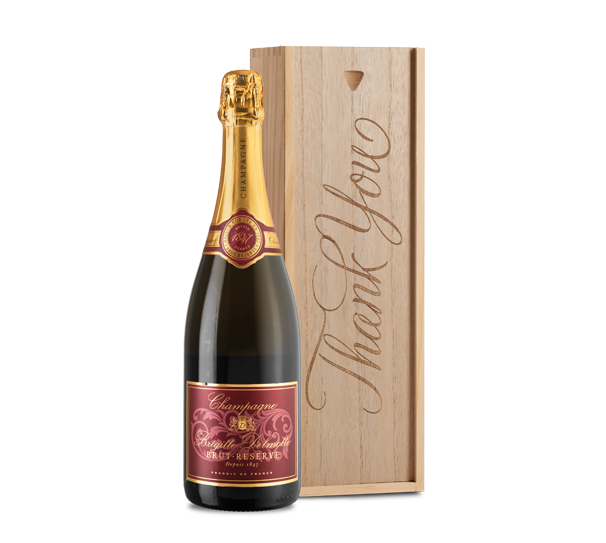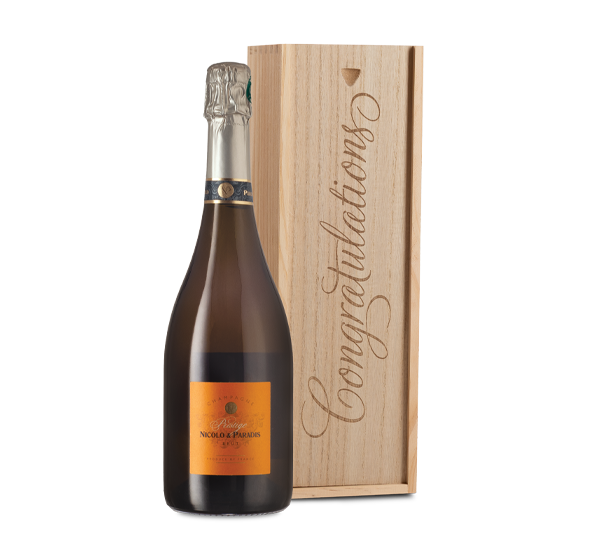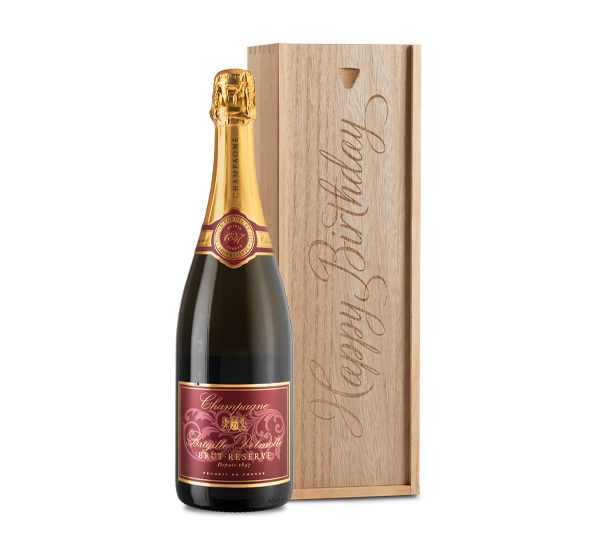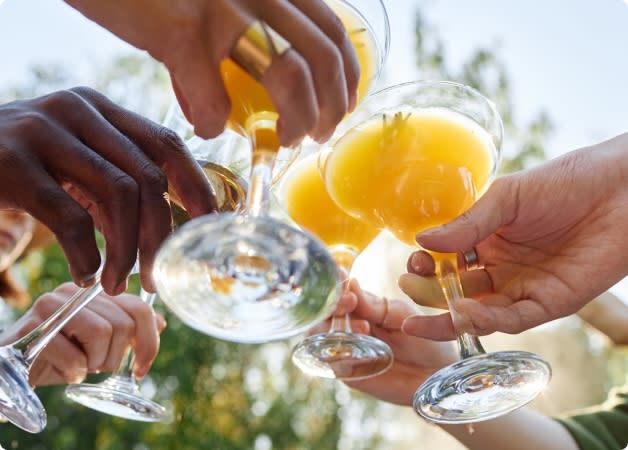Filter by
- 3 bottles - $194.97
- $64.99 per bottle12 bottles - $779.88$701.88 Advantage Member Price
- $74.99 per bottle12 bottles - $899.88$779.88 Advantage Member Price
- $49.99 per bottle12 bottles - $599.88$539.88 Advantage Member Price
- $74.99 per bottle12 bottles - $899.88$779.88 Advantage Member Price
- $74.99 per bottle12 bottles - $899.88$779.88 Advantage Member Price
- Showing (1 to 6 of 6)
1
Page 1 of 1
How long does Champagne last once opened?
Once opened, Champagne typically lasts 1–3 days. It’s best to enjoy it quickly in order to preserve its bubbles and freshness. Sealing the bottle with a sparkling wine stopper and refrigerating it can help maintain its effervescence for a few days. If you're looking to stock up, you can easily find great boutique Champagne online, but be sure to buy from trusted sources for a selection of quality bottles.
How long can you keep a bottle of Champagne?
An unopened champagne bottle can last several years, with Vintage Champagne (made from grapes harvested in a specific year) and Prestige Cuvées (producers' top bottlings) aging well for 10-20 years or more. In general, it is best to enjoy non-vintage Champagne within 3-5 years of purchasing it. Champagne's remarkable ability to age gracefully is due in part to its high level of acidity, which helps preserve the the wine's flavors over time. As Champagne ages, the bubbles generally become a more mellow and the wine develops secondary flavors such as toasty brioche and even slightly honeyed and nutty characteristics.
What's the best way to store Champagne?
Store your Champagne bottle in a cool, dark place, away from heat, light and any vibrations. If unopened, it can be stored horizontally in a wine fridge or cellar to keep the cork moist. Once opened, use a sparkling wine stopper to seal the bottle and refrigerate it to preserve the bubbles for as long as possible, typically 1–3 days.
What grapes are used to make Champagne?
Champagne is made primarily from three grape varieties: Chardonnay, Pinot Noir and Pinot Meunier (often referred to locally as just "Meunier"). There are four other approved grapes—Arbane, Petit Meslier, Pinot Blanc and Pinot Gris—but these are rarely used in modern Champagne production. After an initial fermentation, the grapes undergo a secondary fermentation process in the bottle, giving Champagne its signature bubbles.
In order to place "Champagne" on the wine label, the grapes must be grown in the Champagne region of France, specifically in the strictly regulated Appellation d'Origine Contrôlée (AOC) designated area.


